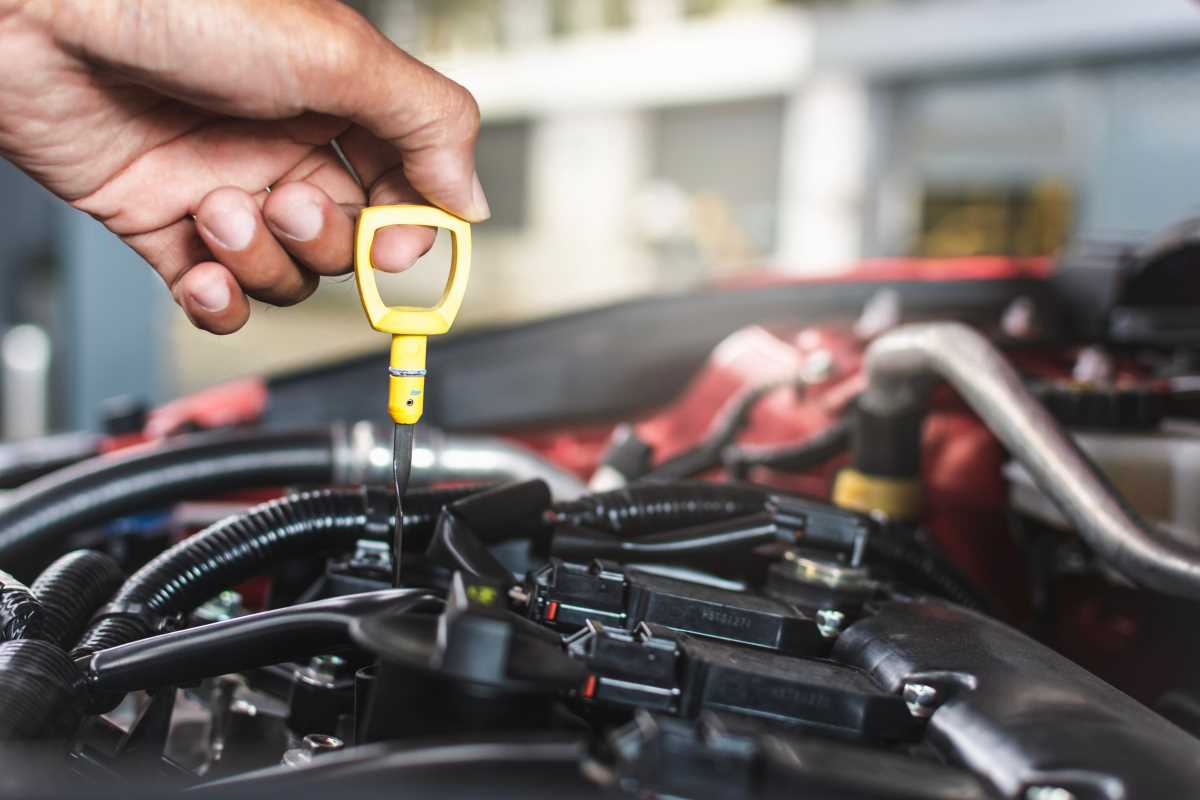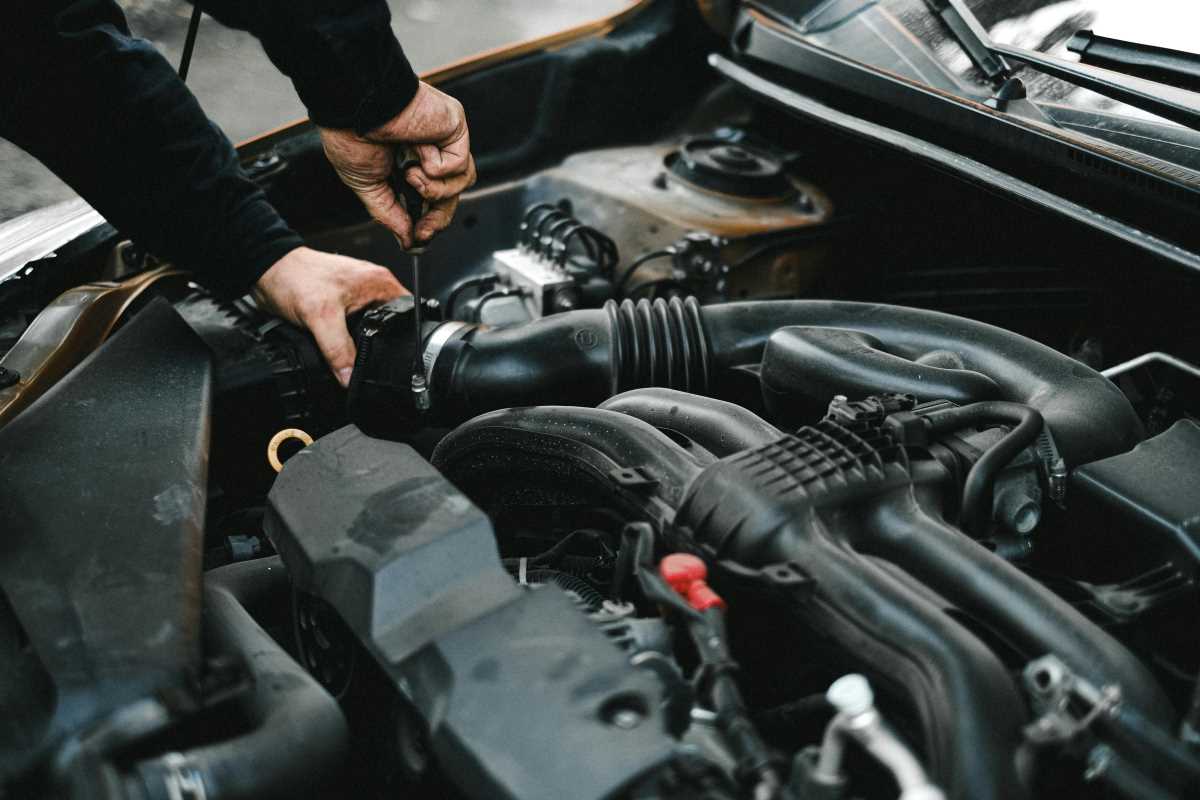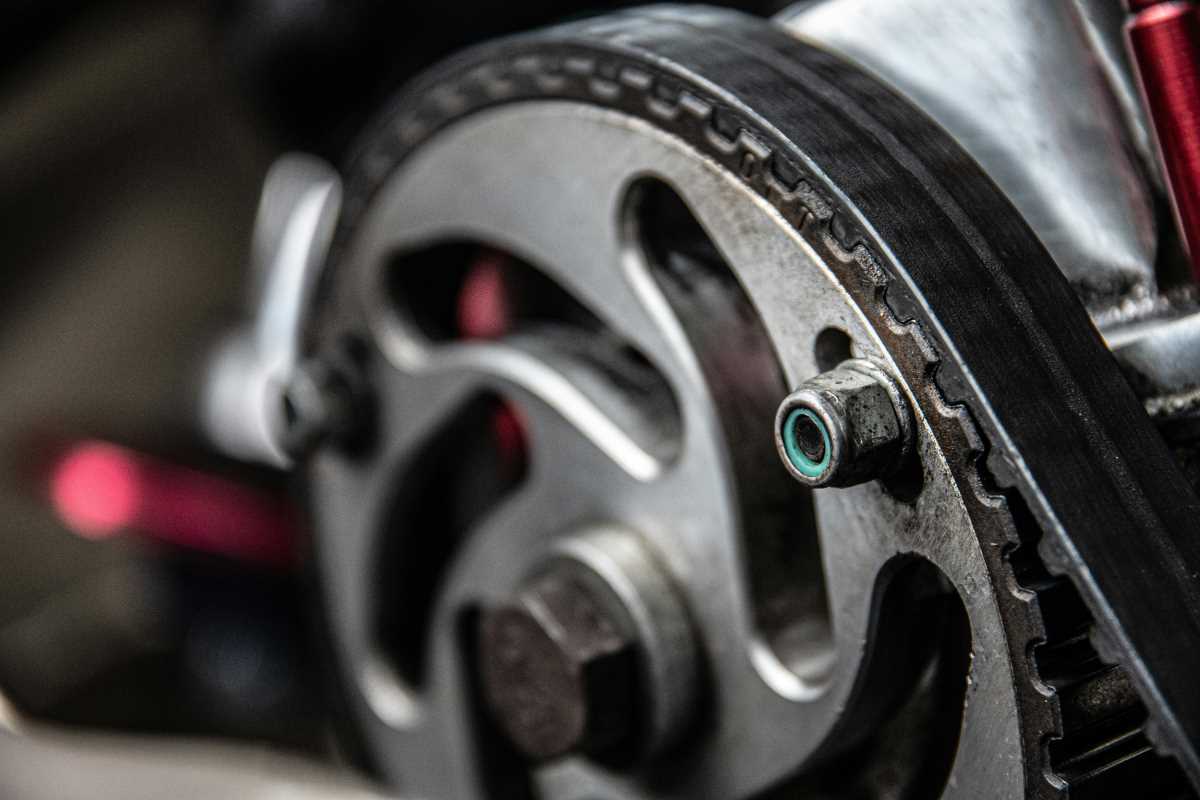Car maintenance myths can lead to unnecessary expenses, wasted time, or even improper care for your vehicle. Over the years, numerous pieces of advice have circulated among garages and family gatherings, but not all of them hold up under scrutiny. To save money and ensure your car stays in tip-top shape, it’s time to separate fact from fiction. Below, we’ll address some of the biggest car maintenance myths, debunk them with the truth, and offer practical advice for car owners.
Do You Really Need an Oil Change Every 3,000 Miles?
- The Myth: Cars need an oil change every 3,000 miles to prevent engine damage.
- The Truth: While this was true for older cars, most modern vehicles can go much longer between oil changes.
Why the Myth Persists: Historically, engines and oils weren’t as advanced as they are today, so frequent changes were necessary to keep the engine running smoothly. Many quick-lube shops and service centers still promote this guideline, partly to ensure steady business.
The Reality for Car Owners: Check your owner’s manual or the manufacturer’s recommendations for the correct oil change interval for your car. Many modern vehicles can travel 5,000 to 7,500 miles (or even up to 10,000 miles) between oil changes, especially when using synthetic oil.
Pro Tip: Use the type of oil recommended in your manual. High-quality synthetic oil lasts longer and performs better in extreme temperatures, reducing the need for frequent changes.
Does Premium Fuel Improve Performance for All Cars?
- The Myth: Filling up with premium fuel makes your car faster, more powerful, and more efficient.
- The Truth: Premium fuel is designed for high-performance cars with engines that require higher octane levels to prevent knocking. It won’t benefit vehicles designed to run on regular fuel.
Why the Myth Persists: Marketing campaigns and the term "premium" often imply better quality for all cars, leading some drivers to assume it improves performance universally.
The Reality for Car Owners: If your owner’s manual specifies regular unleaded, using premium fuel is unnecessary and won’t provide any additional benefits. However, if your car has a high-compression engine or turbocharge, premium fuel may be required to avoid engine knocking.
Practical Advice: Save money by using the fuel grade your car is designed for. If you’re unsure, check the fuel door or owner’s manual for the manufacturer’s recommendation.
Is Warming Up Your Car in Winter Necessary?
- The Myth: You need to idle your car for several minutes during winter to properly warm it up before driving.
- The Truth: Modern engines don’t require extended idling to warm up, thanks to electronic fuel injection systems that regulate airflow and fuel efficiently from the start.
Why the Myth Persists: Old carbureted engines did need extra time to warm up, and this habit has been passed down for generations.
The Reality for Car Owners: Idling wastes fuel and increases emissions. The best way to warm up your car is to drive it gently for the first few minutes. The engine and transmission will reach optimal operating temperature faster under light loads.
Pro Tip: Use a remote starter wisely. If you rely on one, keep idling time to a minimum to save on gas and limit wear on your engine.
Do You Need to Replace All Four Tires at Once?
- The Myth: Every time you replace tires, all four must be replaced at once.
- The Truth: This depends on your car’s drivetrain. While all four tires should ideally match, replacing just two at a time is fine in certain cases, as long as they’re installed correctly.
Why the Myth Persists: Tire shops often recommend replacing all four tires together for uniformity, which can make sense but isn’t always necessary.
The Reality for Car Owners:
- For all-wheel-drive (AWD) vehicles, mismatched tread depths can strain the drivetrain, so replacing all four tires is generally recommended.
- For front-wheel-drive (FWD) or rear-wheel-drive (RWD) vehicles, you can usually replace just two tires at a time. Place the new tires on the rear axle for better stability.
Practical Advice: Regularly rotate your tires and check tread depth to ensure even wear and extend their lifespan.
Do You Always Need to Use the Dealership for Repairs?
- The Myth: Only dealerships can properly repair or maintain your car.
- The Truth: Any certified mechanic can service your vehicle, and doing so won’t void your warranty.
Why the Myth Persists: Dealerships emphasize the importance of manufacturer-trained technicians and OEM parts. While this has its merits, it’s not your only option.
The Reality for Car Owners: Under the Magnuson-Moss Warranty Act, you can have your vehicle serviced by independent shops, as long as they follow the manufacturer’s guidelines and use approved parts.
Pro Tip: Look for independent shops with ASE-certified mechanics for quality work at a lower cost than dealerships. Keep all service receipts in case warranty disputes arise.
Does Topping Off Your Fuel Tank Help Save Trips to the Pump?
- The Myth: Filling past the pump’s automatic cutoff gives you a little extra fuel and saves on frequent trips to the gas station.
- The Truth: Topping off your tank can harm your car’s evaporative emissions system and waste gas.
Why the Myth Persists: People assume “just a little more fuel” improves convenience and mileage, but this can backfire. Excess fuel can splash into the vapor recovery system, leading to damage or fuel leaks.
The Reality for Car Owners: When the pump clicks off, stop filling. Overfilling causes more harm than good and could result in costly repairs down the line.
Practical Advice: Avoid leaning on fuel caps or hoses after refueling, as this can also affect the gas system’s integrity.
Does Washing Your Car in Winter Do More Harm Than Good?
- The Myth: Washing your car during winter is pointless because ice and snow will inevitably make it dirty again.
- The Truth: Regular washing is essential to prevent salt buildup, which causes rust and corrosion.
Why the Myth Persists: It can seem counterintuitive to wash a car during snowy or rainy weather, especially if the results won’t last long.
The Reality for Car Owners: Winter road salt is highly corrosive and can damage not only your car's paint but also its undercarriage. Washing every 1–2 weeks during winter preserves your car’s longevity.
Pro Tip: Opt for car washes with undercarriage cleaning and wax protection for extra defense against rust.
Do Your Tires Need to Be Inflated to the Pressure on the Sidewall?
- The Myth: The number on the tire sidewall indicates the correct tire pressure.
- The Truth: The sidewall number reflects the maximum pressure the tire can handle, not the recommended pressure for your vehicle.
Why the Myth Persists: Misreading the label is common, leading drivers to inflate tires incorrectly.
The Reality for Car Owners: Always follow the vehicle manufacturer’s recommendation, found in the owner’s manual or on the inside of the driver’s door. Proper inflation improves handling, fuel efficiency, and tire life.
Practical Advice: Check tire pressure once a month, especially in fluctuating temperatures, as cold weather can reduce pressure.
Understanding the truth behind these common car maintenance myths can save you time, stress, and money.
 (Image via
(Image via





